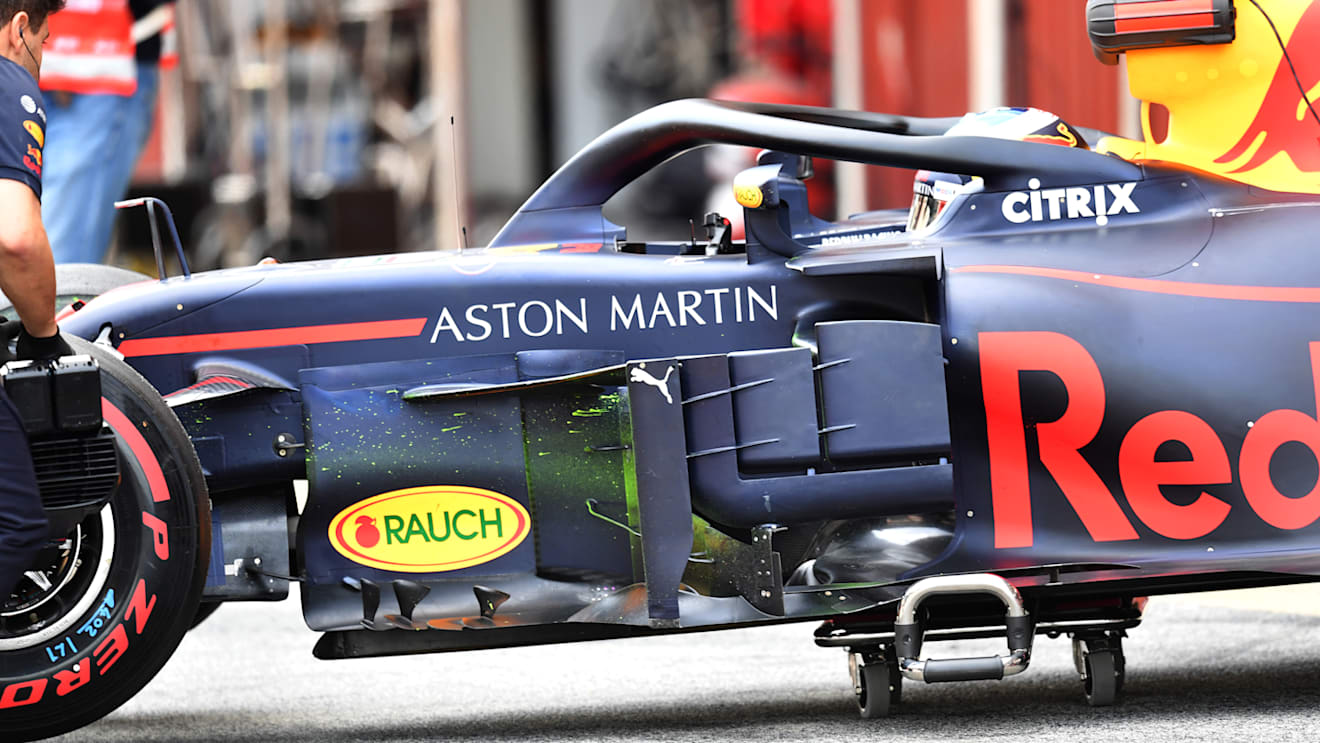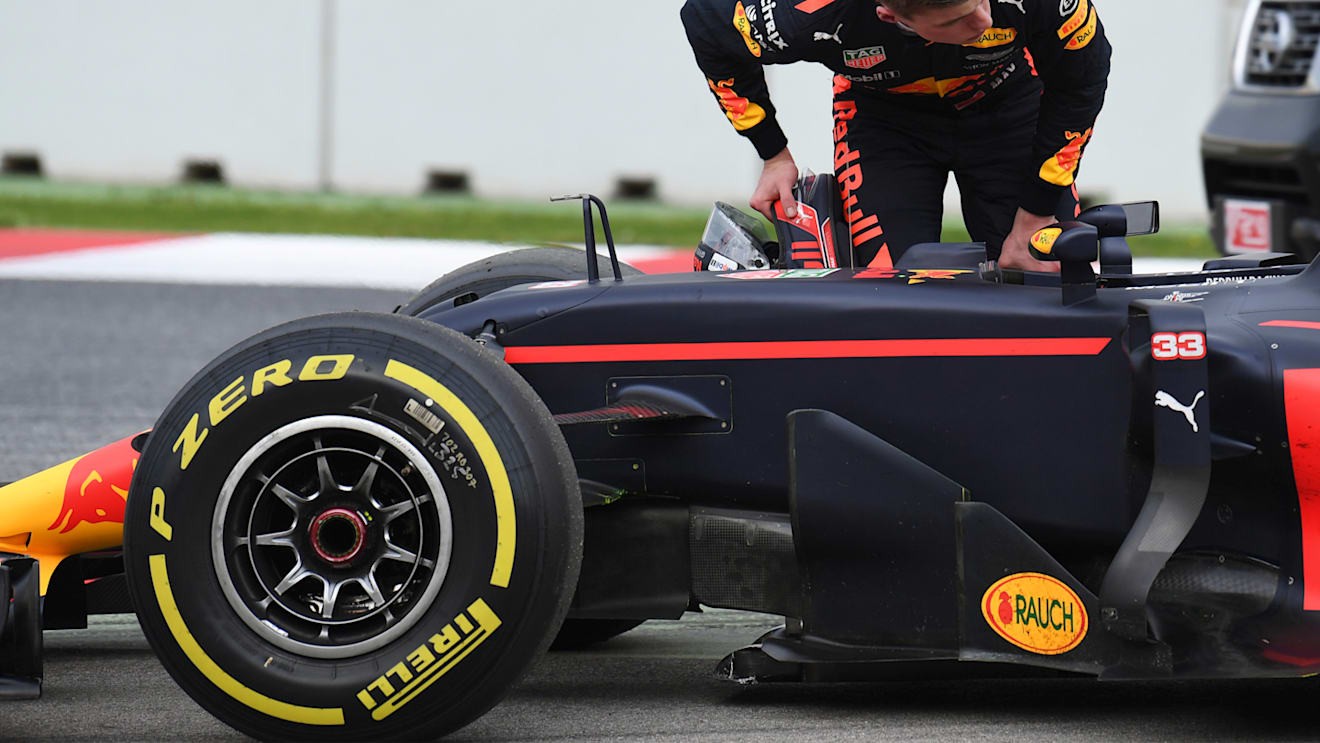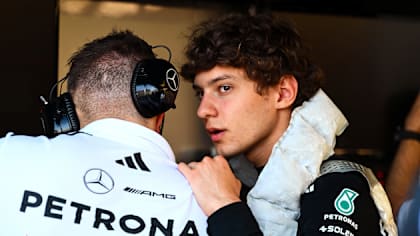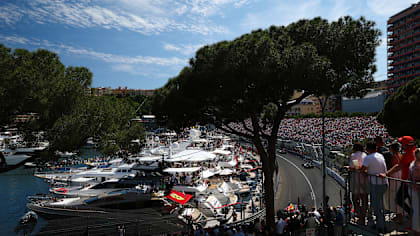30 May - 01 June
Technical
TECH TUESDAY - How Red Bull have played barge board catch up

Share
Last year Red Bull launched with a very straightforward, clutter-free car design – and were way off the leading pace to start the season. This year’s car features much more detail, particularly around the aerodynamically crucial barge boards – but will the changes pay off? Mark Hughes and Giorgio Piola take a closer look at the RB14…
The Red Bull RB14 was launched with a visibly more complex barge board arrangement than was seen on its predecessor - even at the end of last season. The design finally brought Red Bull to a Mercedes and Ferrari level of complexity in this area, which had previously been missing because of a wind tunnel problem during the conception of last year’s RB13 which led the aero team to over-estimate how much drag was being created by the barge boards.
The upshot of that was that the 2017 car initially appeared with very trimmed back and simple barge boards and began the season around 1.5s off the pace. Only as the tunnel problem was identified and the barge board area re-assessed did last year’s car start to acquire a more sophisticated array of vanes and fins, and it ended the year very much on the pace, allowing Max Verstappen to win handsomely in Malaysia and Mexico.
1 / 2
The RB14 is a different beast entirely. With its side impact structure now separated from the sidepod (as pioneered by Ferrari last year on their ground-breaking SF70H), the sidepod can begin further back, creating more distance between the front wheel and radiator inlet. This has enabled Red Bull’s aerodynamicists to develop their barge board philosophy significantly.
The starting point is a longer initial element, giving better control of the airflow there and allowing it more distance in which to be ‘convinced’ to change direction in the desired way. Further downstream there are a series of four fins, angled in such a way to take the disturbed airflow wake from the front tyre outwards and away from the flow being directed around the sidepods and into the radiators. The front three of these four fins are physically connected with stays so as to stiffen them against the force of the oncoming air at speed.
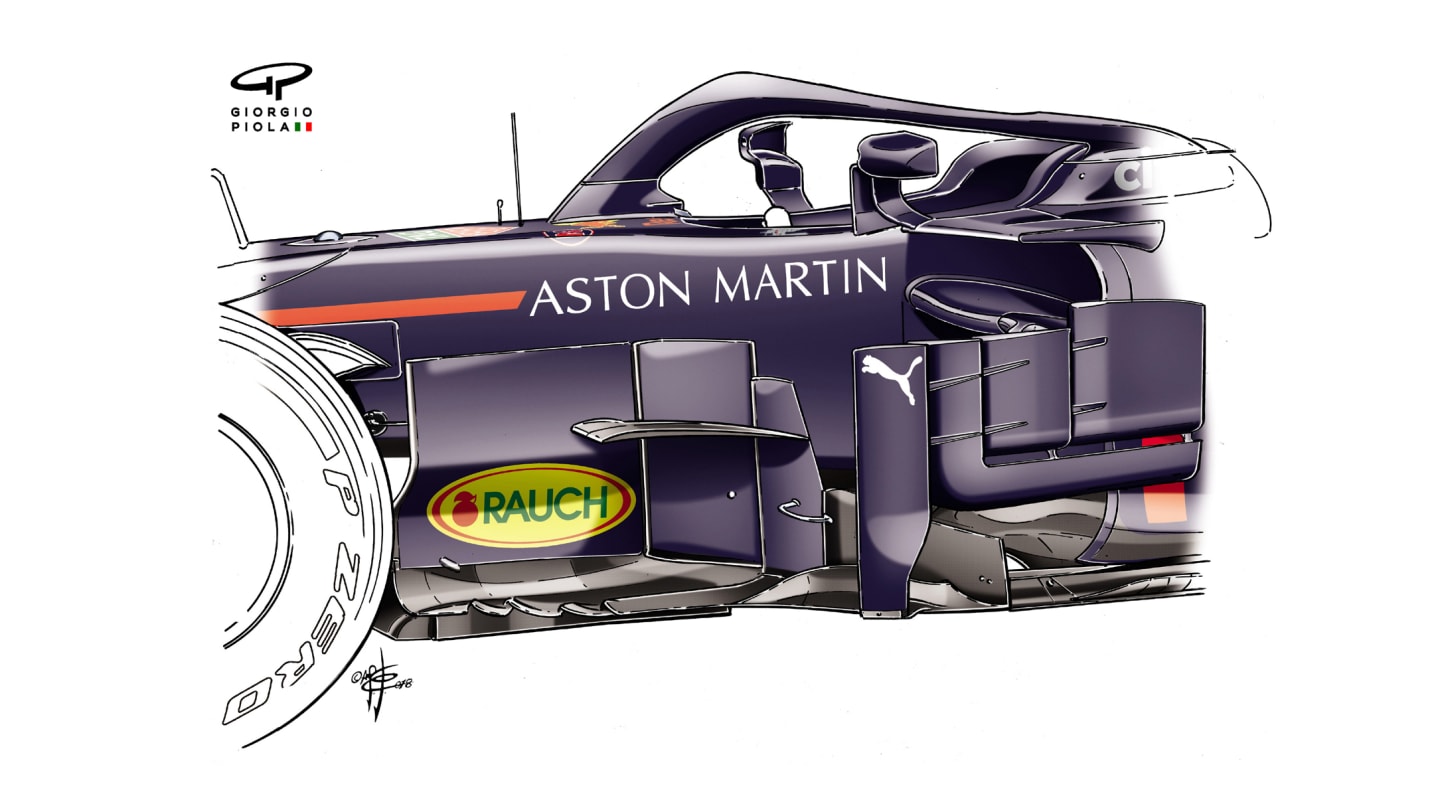
The drawing above shows the car as it began the first week of testing in Barcelona, with its extended forward element now split into three parts (previously two) joined by a flow-conditioning winglet. The four angled fins at the outboard end of the car replaced the RB13’s arrangement of two, sturdier components.
The first day of testing quickly revealed a structural problem with the fin arrangement in that the second fin began to crack around the attachment to the body. The resultant flexing of that fin would then have been corrupting the airflow to those behind. The team’s initial response to the problem was to remove the fin arrangement entirely (drawing below). In this ‘naked’ form, the two red arrows show where the fins would normally be attached to the body.
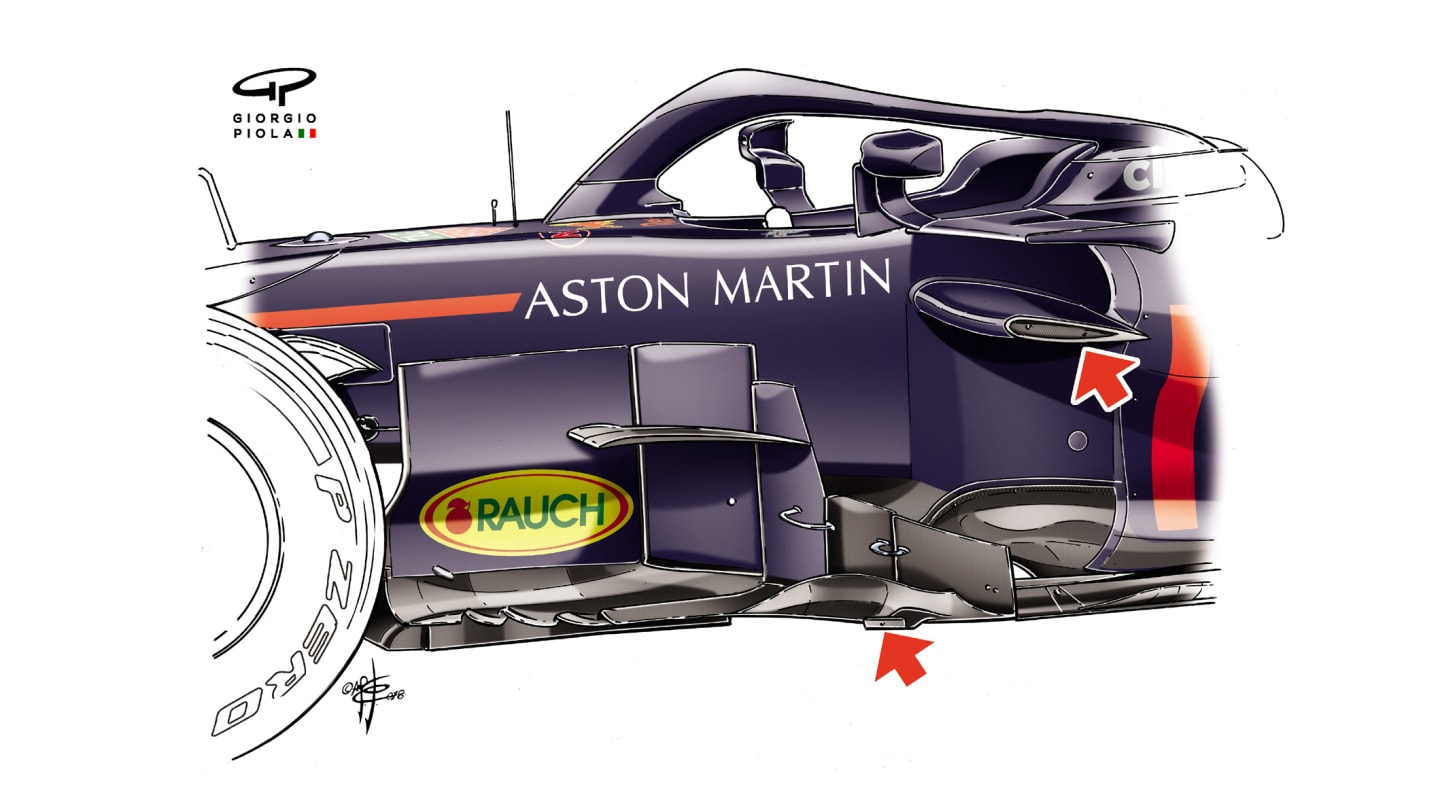
Subsequently, a metal stiffener was bonded into the connection at the second fin’s base, giving the whole fin structure the required rigidity. This arrangement is shown in the drawing below, with the stiffener arrowed in red. The opportunity was taken to do a back-to-back comparison of the car with and without the fin arrangement to check of it was bringing the performance promised in simulation.
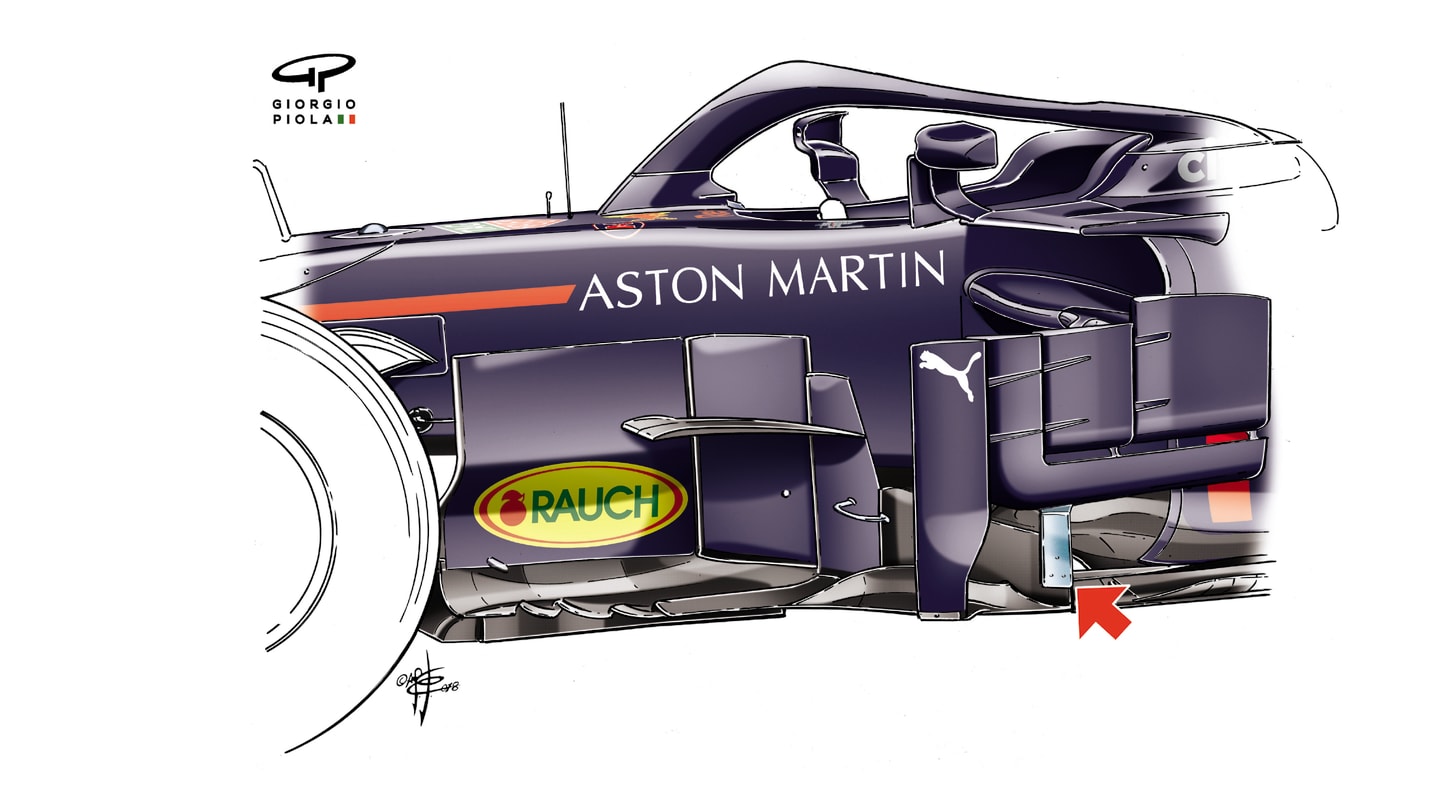
In the second week of testing a yet-further developed barge board arrangement appeared on the car, as shown in the drawing below. The flow-conditioning vane on the first element has been moved upwards and extended back and now connects to the first fin, stiffening the whole structure. There is a Mercedes-like ‘mushroom’ vortex generator on the lower, outboard part of the bodywork there, further refining the airflow and there is a stiffening bar between the barge board and the leading fin, again helping it maintain its integrity against the forces of the airflow, thereby helping it direct the air as it was shaped to do.
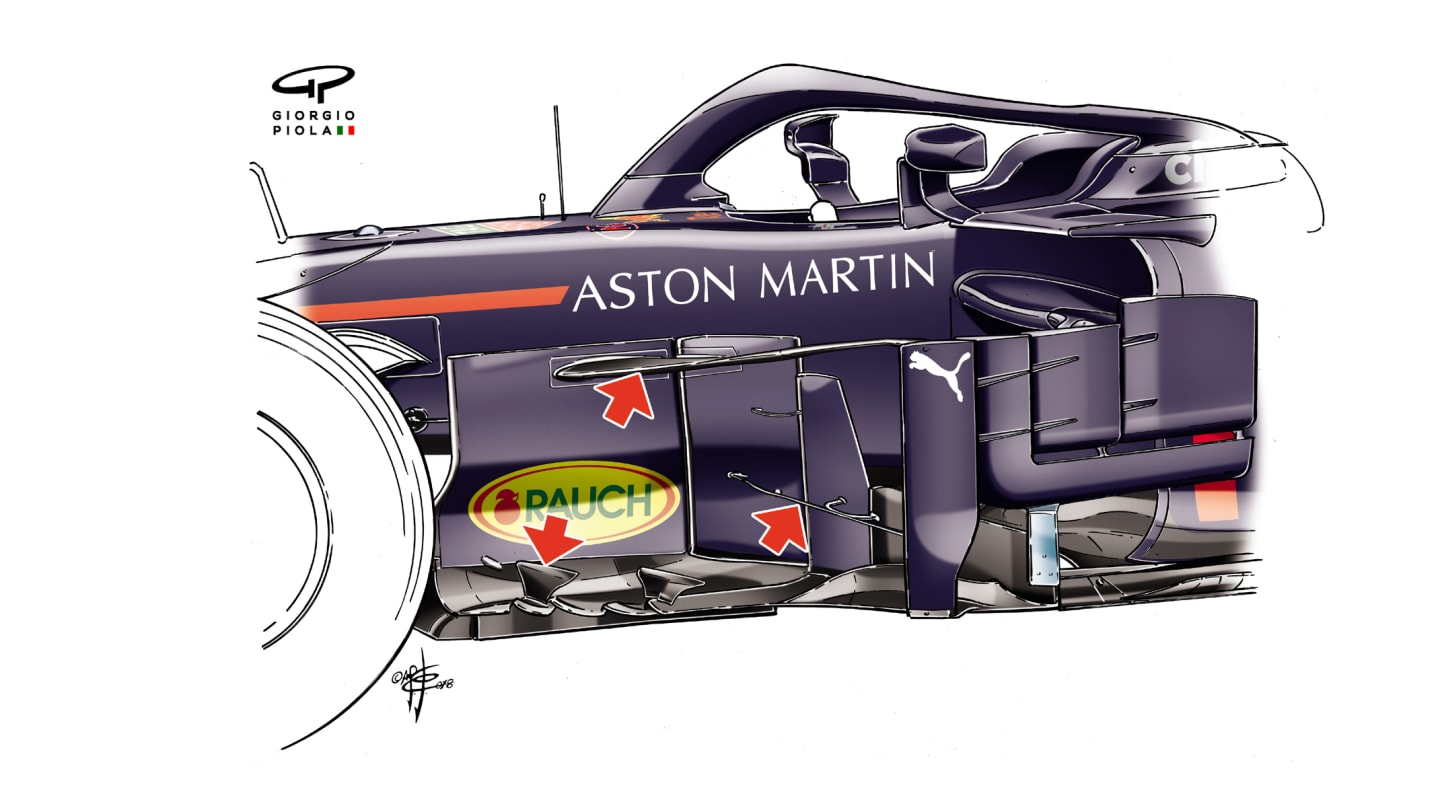
This whole area between front wheel and sidepods was opened out massively in the ‘wide body’ regulations introduced last year and it’s an immensely powerful area aerodynamically. Red Bull got off to a slow start in fully exploiting this area because of its since-solved tunnel problem, but the development rate visible just in the Barcelona test suggests they are well on the way to fully understanding this aspect of performance now.
And that can only be a good thing for their title aspirations...
YOU MIGHT ALSO LIKE

Video HIGHLIGHTS: Relive Norris' first Monaco Grand Prix victory after holding off Leclerc in closing stages
News ‘It was the only option’ – Verstappen explains alternate tyre strategy in Monaco after going from P1 to P4 on final lap
News ‘There was nothing more I could have done’ – Antonelli searches for positives after ‘difficult’ Monaco weekend
Feature What the teams said – Race day in Monaco





